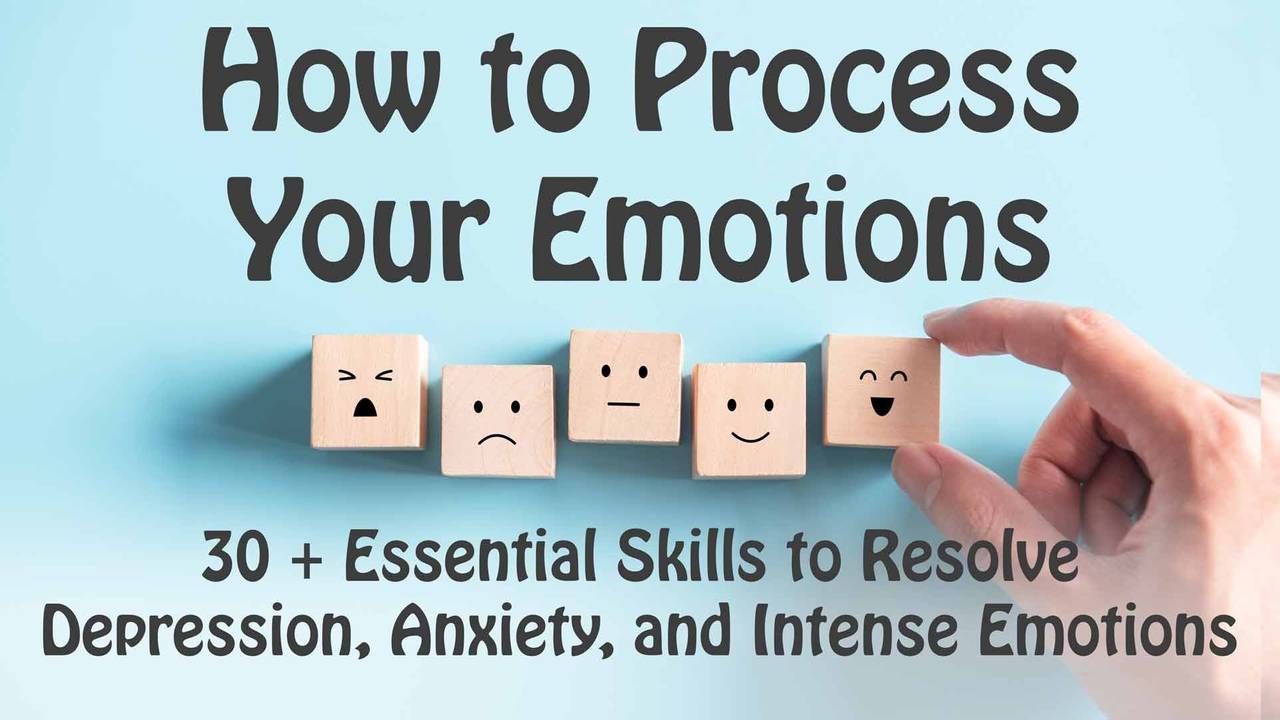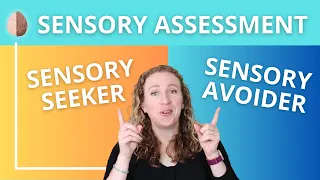One day I was at lunch with one of my friends who happens to be a therapist. We had previously worked at the same treatment center and she started to tell me about how she was struggling with feelings of burnout. She briefly mentioned a case that had been weighing on her heavily, it involved a client who had gone through some significant trauma in her life, and my friend told me how working with her clients’ situation had impacted her personally. My friend talked about feeling worn out, anxious and stuck. At some point in the conversation I just mentioned how it sounded like she was going through some “Secondary Trauma” a term that another therapist would understand to mean having a traumatic response to someone else’s traumatic experiences. We chatted a bit more, but couldn’t go into much depth due to the constraints of time and the fact that the McDonald’s Playplace isn’t the best place to go deeply into emotions (We were there with our kids, I swear). The next day she texted me and said something along the lines of “Our conversation yesterday was so helpful! It makes so much sense now why I’ve been feeling this way! I had been so wrapped up in work that I didn’t even realize that I was experiencing trauma in my own way, now I know what kind of steps that I need to take to start to work through it” . I was pleasantly shocked, because I didn’t do anything special. No sophisticated therapeutic technique or even help her process her emotions much, all I did was throw out a word for what she was experiencing. For her that was enough to get a toehold and begin the process of resolving that problem herself. A few months later she had done some work, made some changes and rediscovered her joy and passion in work that had previously been buried under unresolved emotions.
Most people most of the time are somewhat aware of emotions but they don’t define or explore them. When we don’t know what we’re feeling, we tend to be reactive and impulsive in ways that mess up our life. When our emotions are vague, nebulous, unexplored sensations- when we feel something, but we don’t know what it is or we aren’t sure where it comes from- we have little power to change it. When we don’t know what we’re feeling, we tend to be reactive and impulsive in ways that mess up our life. We can start improving our lives by learning to identify and name what we’re feeling.
It may seem cliché to say that words are powerful, you know “The Pen is mightier than the sword” and all that stuff, But the reality is that we can change our life with how we use our words. In this video, the first of 30 skills in my emotion processing course, you’re going to learn how to get better at feeling by getting better at naming your emotions.
When we’re not sure what we are feeling, but we know it’s uncomfortable, then we tend to act in ways that are impulsive and self-defeating. For example:
Most people most of the time are somewhat aware of emotions but they don’t define or explore them. When we don’t know what we’re feeling, we tend to be reactive and impulsive in ways that mess up our life. When our emotions are vague, nebulous, unexplored sensations- when we feel something, but we don’t know what it is or we aren’t sure where it comes from- we have little power to change it. When we don’t know what we’re feeling, we tend to be reactive and impulsive in ways that mess up our life. We can start improving our lives by learning to identify and name what we’re feeling.
It may seem cliché to say that words are powerful, you know “The Pen is mightier than the sword” and all that stuff, But the reality is that we can change our life with how we use our words. In this video, the first of 30 skills in my emotion processing course, you’re going to learn how to get better at feeling by getting better at naming your emotions.
When we’re not sure what we are feeling, but we know it’s uncomfortable, then we tend to act in ways that are impulsive and self-defeating. For example:
“You just got home from a long day of work. Frustrating meetings, some conflict with a coworker, and a lot of running around. You’re tired and edgy. What is the first thing you do? Shove some food in your mouth? Turn on the TV to escape? Snap at your husband?” Write about your typical responses to emotions.
What are the positive and negative consequences of these behaviors? What kinds of difficulties are you facing in your life? How might your life be improved if you had better ways to resolve your emotions?
You can do this in your course workbook, or go ahead and write it in the comments or in your journal. Oh and by the way, here’s your second exercise-There is some very good evidence on the benefits of keeping a journal and writing down emotions. It has been shown to change brain chemistry, improve emotional processing and even resolve trauma.
(Now just in case you didn’t know, this video is section 1 of my 30 part course on emotion processing, you’re going to need a notebook or journal to work through some of the exercises, and if you’d like to purchase the who course and workbook, you can do that by clicking this link, but I’m going to publish the 30 main sections right here, for free on YouTube- so you also could just write this down or even leave your answer in the comments below)
OK so back to the questions- how do you tend to react when you’re feeling stressed, anxious or overwhelmed?
In this 30 Day Program one of the ways we are going to defeat mindless emotional and behavioral reactivity and build emotional resilience is with Skill #1- Name it to Tame it. We are also going to expand your Emotional Toolbelt- the range of skills that you have to work with emotions. So how do we do this?If this were the seafood processing plant, mentioned in the intro, this stage would be looking at what’s in the trucks and naming it- is it Salmon? Halibut? Lobster? For us we’d say, “What am I feeling? Is it anger, annoyance, sadness?”
When we use words for our emotions we can feel a greater sense of clarityHow we use our words can help us have greater power over our emotions. We can create greater clarity and power by making our thoughts more concrete.
So if you’re having a hard time figuring out what to do with a thought, problem, or emotion the first step to process your emotions is to take the time to notice, name and express your thoughts. Share them with others or write them down to get more power over them.
As you do these exercises you may be surprised at how often you’re feeling something but aren’t identifying that feeling. When we don’t know what we are feeling, it leaves us helpless to act. When we do identify and express our emotions in writing or speech, it gives us the ability to slow things down, develop some insight, and then choose a course of action that lines up with our values (the kind of person that we want to be). If, on the other hand, we act impulsively to suppress or react to our emotions, then our life begins to feel out of control.
How this works in the brainTo speak very simply of the brain, your brain has a rational thinking part (to simplify we call this the upstairs brain), this upstairs brain can think through problems, plan, and make good choices, and your brain has an emotional, reactive, feeling part (the downstairs brain) this is the limbic system or the survival part of our brain. It’s the fight/flight/freeze response and the impulsive emotional part. Both of these parts are good, but when our brain is stuck in the downstairs brain it can be hard to think clearly and we are often reactive. But when we give a name to our emotions it’s like we’re connecting those two parts of the brain so that they can work together to solve problems.
In you life this looks like using “I feel statements”An “I feel” statement is simple, you just say or write: I feel____ followed by an emotion word. It can be helpful to use a list of emotion words, or one of these emotion check-in/checkout charts.
Now this is really simple, and it’s really powerful. It’s probably one of the most common interventions I use in therapy- simply assigning my clients to pay attention to and write down their emotions. And just this can be enough to help many people really kickstart the healing process, because deep down you have an inner wisdom that knows what to do with emotions when you sit with them long enough to notice them. You may be surprised to see, as you notice and express an emotion, it naturally dissipates on its own.
Now real quick, let’s talk about a couple ways this can get twisted- the first way is saying something like this “ I feel like the world is a terrible place” “I feel like everyone is out to get me” I feel like a terrible human being”. These are not feelings, these are thoughts. There are no emotion words here. The first word after “feel” needs to be an emotion word, not I feel like or I feel that… So let’s get back to what an emotion is. “I feel worried” “I feel scared” “I feel disappointed. I feel regret” these are emotion words. So make sure that when you do this you use an emotion word in the sentence. This is key to Emotion Processing and Emotion Regulation.
Second, Say “I feel” instead of “I am”. The second problem I run into a lot is a problem with our English language- it confuses “I am” with “I feel”. For example, if you say “I am depressed” you’ve turned what you’re feeling into your identity. You create with your words a reality that gives you little to no power to change. But if you say “I’m having feelings of sadness right now” that describes something you are experiencing, but it puts you in the role of the experience-er. By noticing yourself as a person who is having feelings, it gives you some ability to act. So try to say “I feel sad” instead of “I am sad” or “I feel hopeless” instead of “I am depressed”
Pay attention to your words as you work through this course. The types of words we use matter. If we use words of truth and kindness as we describe ourselves and others we create strength and power. If we use words of fear or distortion (twisting, or exaggerating the truth) then we create helplessness.
The third problem is being vague. Research shows that the more specific we are with our words for emotions, the more power we have to resolve our them. You can use an emotions chart to increase your emotional vocabulary, or even try typing in what you’re feeling into a thesaurus to see if there’s a better way to put a word to your feeling. So are you feeling angry? Or irritated? Or furious? Or disappointed? Or annoyed or bitter? The more specific you are, the more power you’ll have to resolve your emotions.
OK- so here’s your homework for this week:
Exercise: Track your emotions every day for one month. You could download my free mood tracker or use a mood tracking app. Plan a regular time to do it, and set a timer on your phone. Each time the alarm goes off write down what emotions you are feeling. It can be easy to notice the big, loud or painful emotions, but it often takes a little more effort to notice the subtle ones. You may feel more than one emotion at once, this is normal. Write down as many as you can notice. Learning to notice and feel a couple of emotions at once is going to help you get better at feeling and live a healthier and happier life.
Then in your notebook go ahead and set 3 goals for this course. I’ve made a short video on setting helpful goals, so you may want to watch that first or read the post about goals here. Thanks for watching, I know you’re off to a great start!!
Check out my full course, How to Process Emotions, with added bonuses below.





